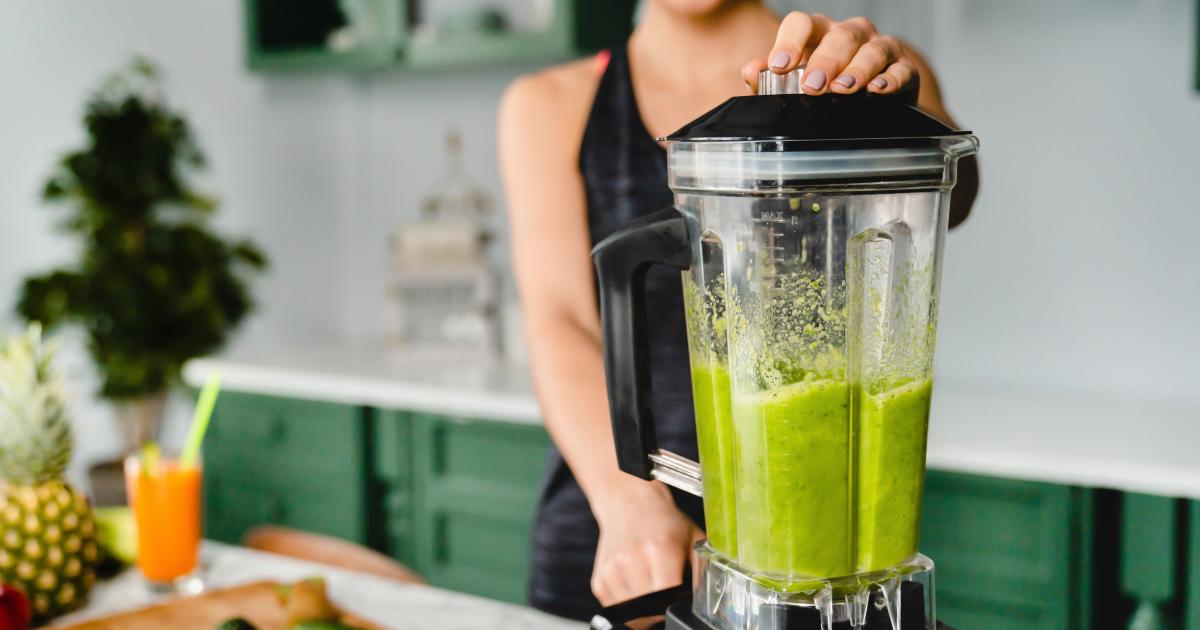
Suggested video 12 recipe ideas to prepare in September!
Video 1 sur 3
After preparing a soup or even a smoothie, comes the step of cleaning the blender. It is important to do it well so that food scraps do not slip into certain corners and stagnate. This would not be hygienic and would encourage the appearance of bacteria on your robot.
To be sure that this does not happen, we reveal several tips for having a blender like new, despite its many uses. So here’s how to do it.
The best way to clean your blender is to use hot water with a little dishwashing liquid. The best is to pour the water with the liquid into the blender then turn it on and let it run for about 1 minute. Then you can rinse it with clean water before drying it and you’re done.
Sometimes you don’t have time to wash your dirty blender right away. The problem ? Stains dry and become encrusted over time. They are therefore subsequently much more difficult to eliminate. But then what to do? It is best to do this with hot water and dishwashing liquid. The only difference is that you will be soaking this mixture in your blender for much longer. That is to say from 1 hour to a whole night
If you have just made a preparation with a fatty substance such as oil or butter, it is not uncommon for a fatty film to remain on the walls of your blender. In order to remove it, certain natural ingredients will do the trick perfectly. US food safety expert and Microbac Laboratories technical training director Trevor Craig reveals his tips in an interview with Well + Good magazine. According to him, to eliminate fat, you must use “a mixture of white vinegar and water to help break up film or oil residue.”
In terms of proportions, the expert recommends putting “as much water as vinegar”.
Then, the method is the same as before. You put everything in your blender, let it sit for a few minutes before blending the mixture and rinsing your blender.
The specialist gives another more surprising tip: the dishwasher. In fact, depending on the type of blender you have, it is possible to clean it thoroughly by putting it in the dishwasher.
But be careful, Trevor Craig warns: “be sure to read the user guides provided by the make and model of your blender”. Additionally, once you have finished cleaning: “be sure to take out and dry the blender parts quickly so that there is no water trapped inside”.
Indeed, if you do not dry your blender quickly, with heat and humidity bacteria can develop much more quickly. Washing your blender will have no disinfectant effect.
Source:https://www.750g.com/comment-bien-nettoyer-son-blender-a38650.htm


